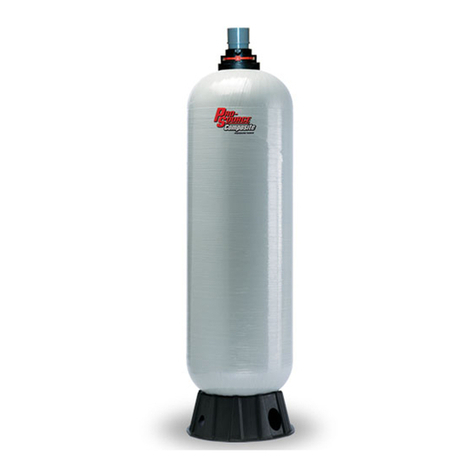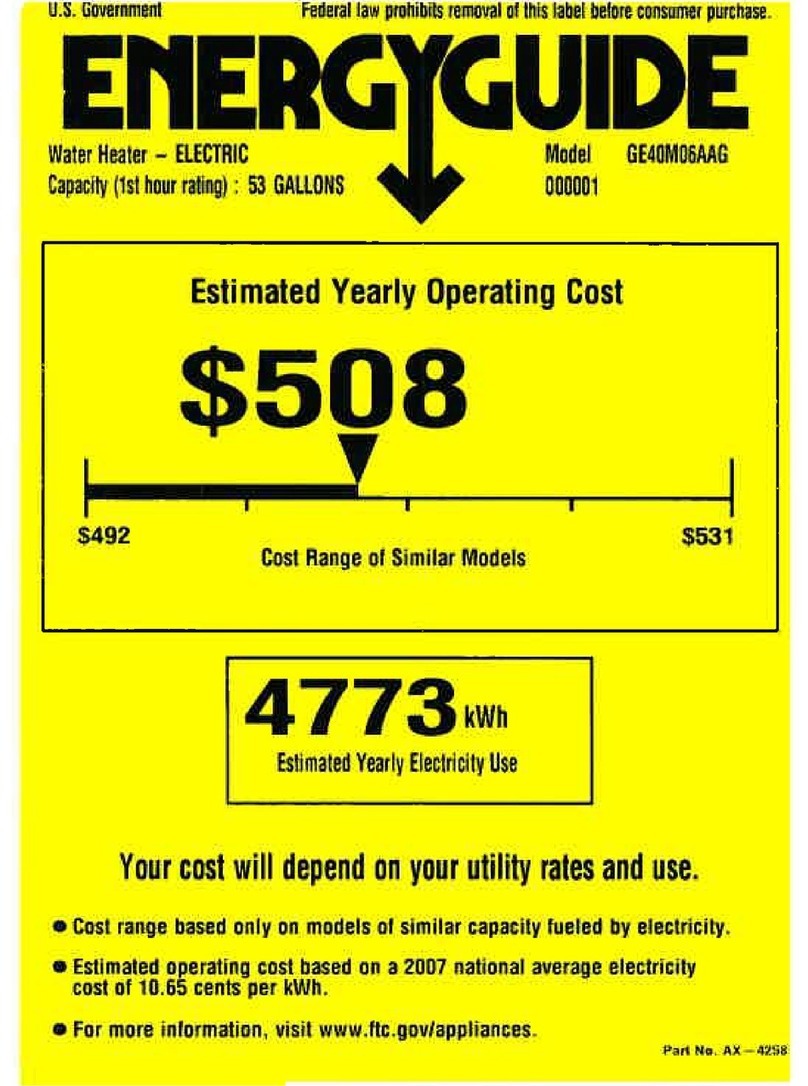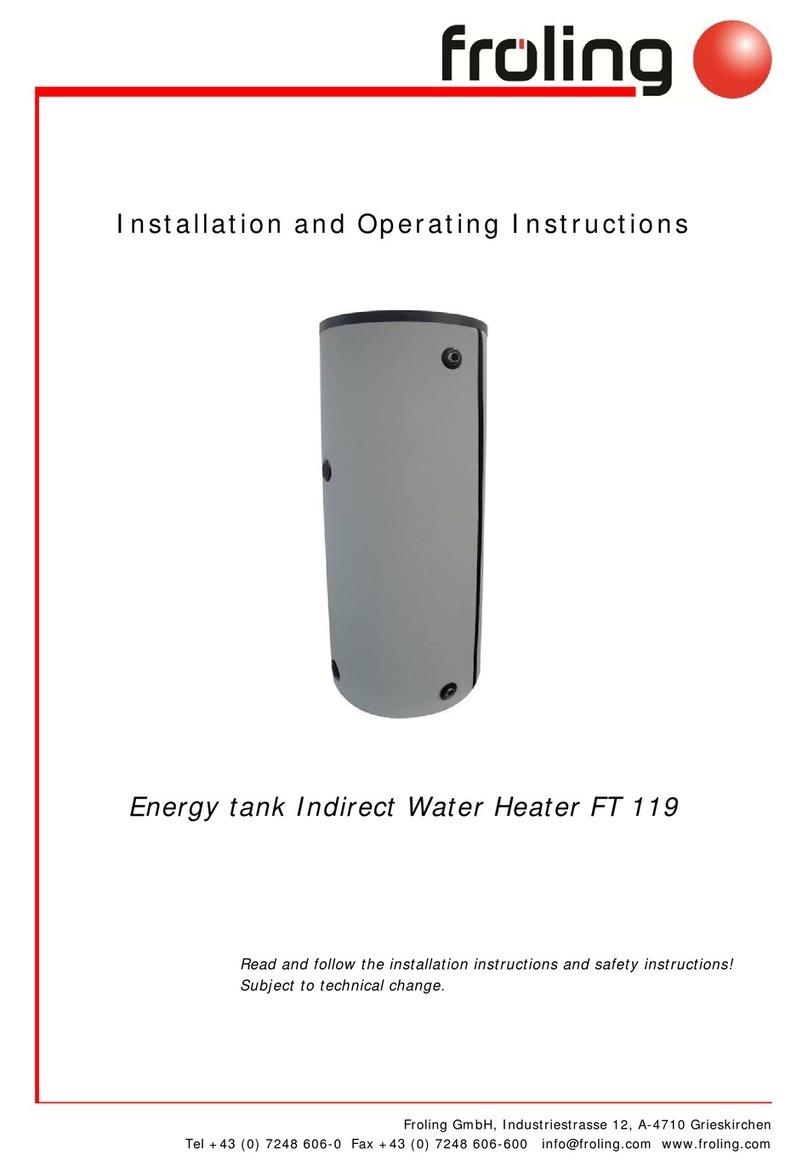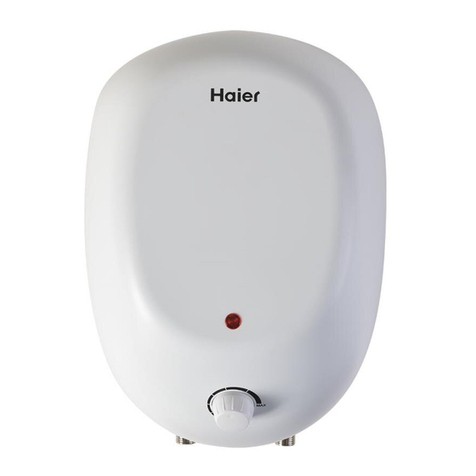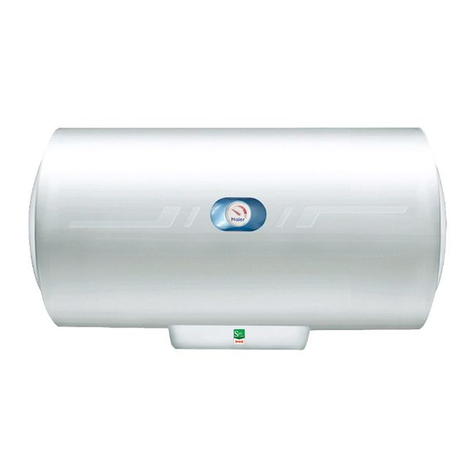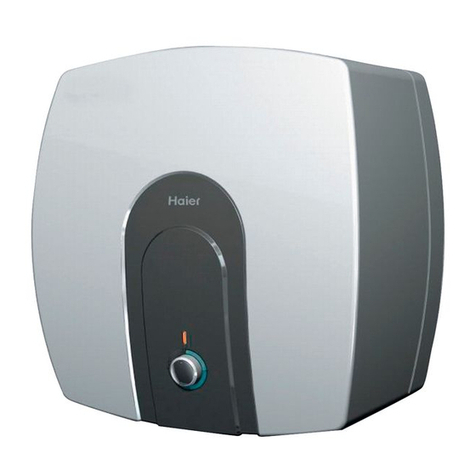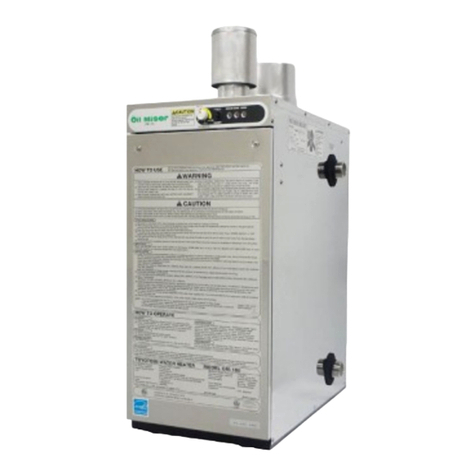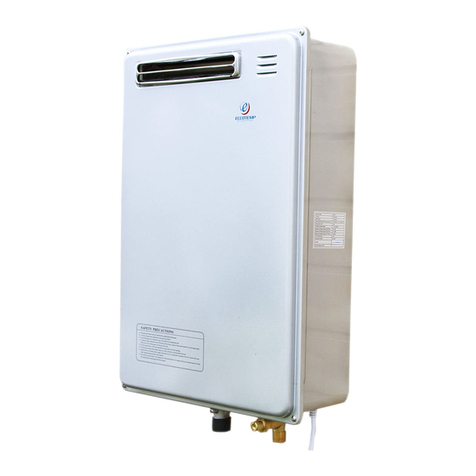8 B0310003 Edition 2003
Safety Information
As a rule, the operator is not authorized to modify the safety equipment, to
make substitutions, to by-pass any systems, or to change the settings.
The boiler system's type and power rating also may not be modified without the
concurrence of an expert.
In order to avoid burn injuries, the boiler is only to be operated using the
handles provided. For the same reason, you should avoid touching the flue
pipes during operation.
The operating door is located behind the insulating door. It can only be opened
if the induced draught fan is running or starts running after the insulating door is
opened.
Caution: - Open the fill tank doors slowly when system is operating
(explosions)
If this is not the case, the temperature monitor safety device has disengaged
the induced draught ventilator (See function below: "Five systems to prevent
over-heating"). Opening the doors when the induced draught is not running
could allow the incompletely burned gases in the boiler to escape into the boiler
room, resulting in a powerful explosion!
Five devices to counter over-heating:
•Boiler controller: switches off the boiler if the boiler temperature is set 5°C
above the set value
•Temperature monitoring safety device (via control system): disengages the
boiler if it reaches a temperature of 93°C, so that it can automatically re-
engage once the temperature drops below 89°C.
•Thermal discharge safety device: opens a valve when the temperature
reaches 95°C or 100°C. This valve allows cold water to flow into the boiler's
safety heat-exchanger, to draw off the heat from the boiler and prevent its
temperature going any higher. Using the water from the thermal discharge
safety device or from the heating system as domestic hot water is absolutely
forbidden.
•Safety temperature limiter: disengages the induced draught when the boiler
temperature reaches 100°C (the pumps continue to run). Physically unlatch
the safety temperature limiter situated on the back side, as soon as the
temperature has again dropped below 95°C (screw off the cap and push in the
head approximately 0.5 cm using a matchstick or a small screw-driver).
•Safety valve (SV): If all the previously mentioned systems fail to prevent a
continuing rise in temperature, the system pressure will also rise (up to 2.5 or
3 bar). If this is the case, the safety valve opens and vents off the hot water in
the form of steam. If this should happen, water must be added before a new
system start-up.




